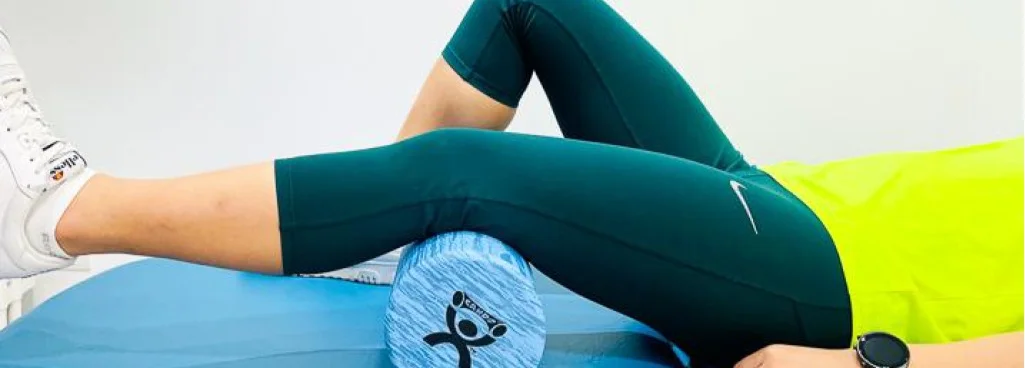Hip Replacement Physio

Total Hip Replacement

What is a Total Hip Replacement?
The hip joint is a ball and socket joint with the femoral head (part of thigh bone) being the “ball”, and the acetabulum (part of pelvis) being the “socket”. This allows for a large range of movements including rotation about the main axes.
Total hip replacement (THR) is a surgery that involves the removal of damaged and worn out areas of the hip joint and replacing it with prosthetic implants. The prosthesis is usually metal or ceramic alloy for the femoral head and a highly crosslinked polyethylene insert and a metal cup for the acetabulum.

Do I need one?
Persons with hip conditions may experience: hip pain if they walk more, difficulty getting up from a seated position, difficulty getting in and out of a car, unable to reach their shoes. A THR effectively relieves pain and restores a person’s Quality-of-life. Some common candidates for a THR include people with:
1. End-stage degenerative and painful hip osteoarthritis
2. Avascular necrosis (i.e. disruption of blood supply to the hip)
3. Development abnormalities of the hip (i.e. Hip dysplasia)
Your doctor or surgeon will do a thorough assessment to determine if you are a suitable candidate for a THR, based on the degree of damage to your joint as well as your pain and activity levels.
What happens after a THR?
Contrary to popular belief that you should rest in bed after a surgery, you might be surprised that you are able and should start moving within a day after a THR surgery! Since the hip joint is a weight-bearing joint, it is important that we load the joint and get it moving immediately after surgery to prevent any stiffness.
In collaboration with your Physiotherapist, our goal is to get you up and moving independently and to regain normal function as soon as possible! It is also important to note that there may be varying precautions you should take depending on the surgical approach your surgeon has taken for the hip replacement. Your surgeon will work in collaboration with your Physiotherapist to ensure that these precautions are adhered to.
The road to recovery
Day 0-1:

6 weeks post-op:
At this stage, you should be able to walk freely without a mobility aid. You will also begin with exercises to improve the strength and control of your hip muscles.
Hip flexion exercise

Inner range quadriceps contraction

Straight leg raise
Bridge progression

Once you have sufficient strength and flexibility, your Physiotherapist will start to mobilise you on stairs. Take baby steps! Start off with step ups and downs.
Something you can keep in mind to help you gain confidence when navigating the stairs initially…“Unoperated leg up, operated leg down!”.


